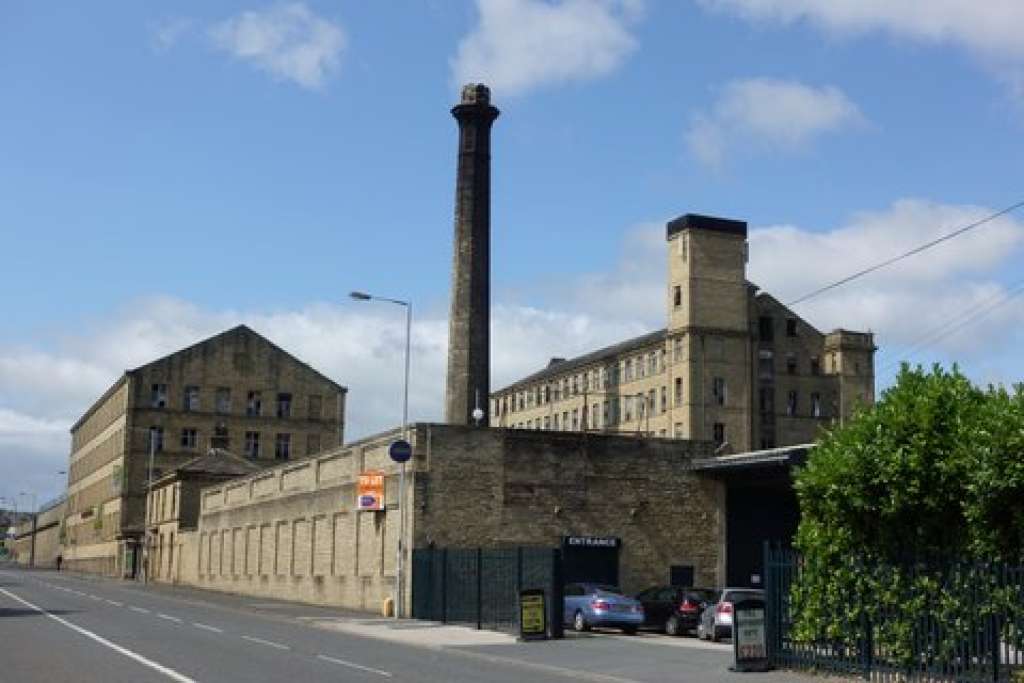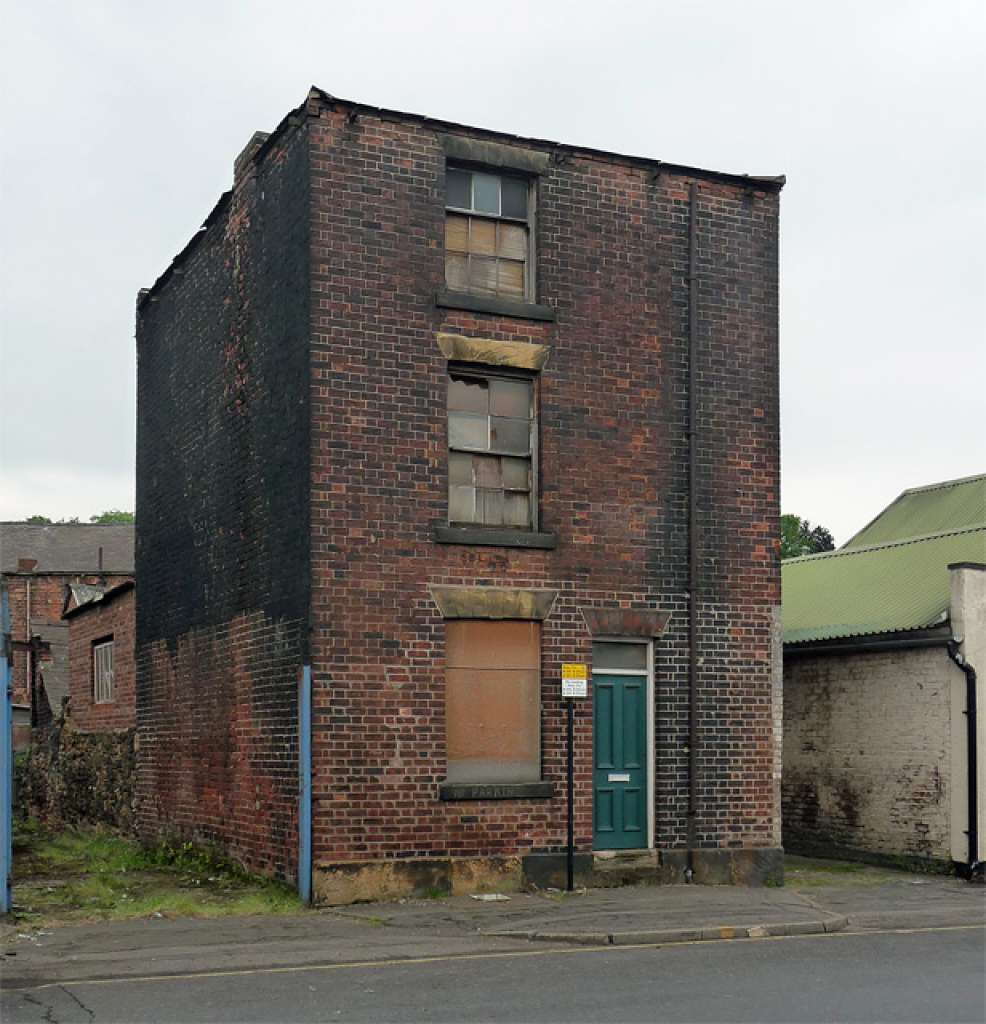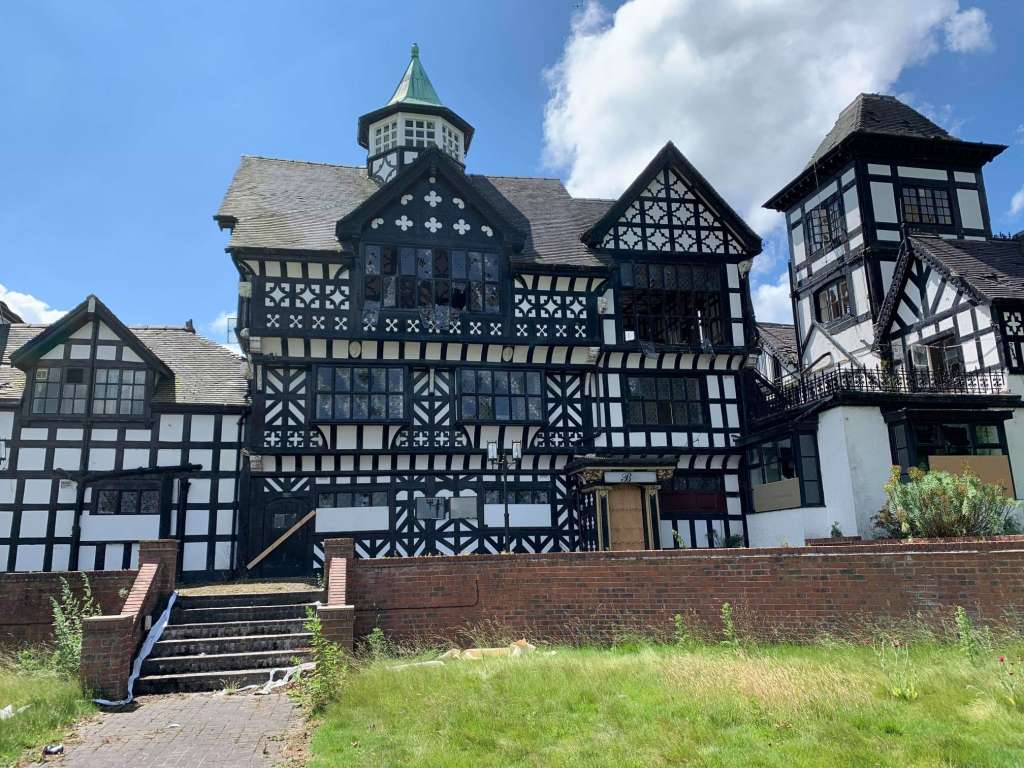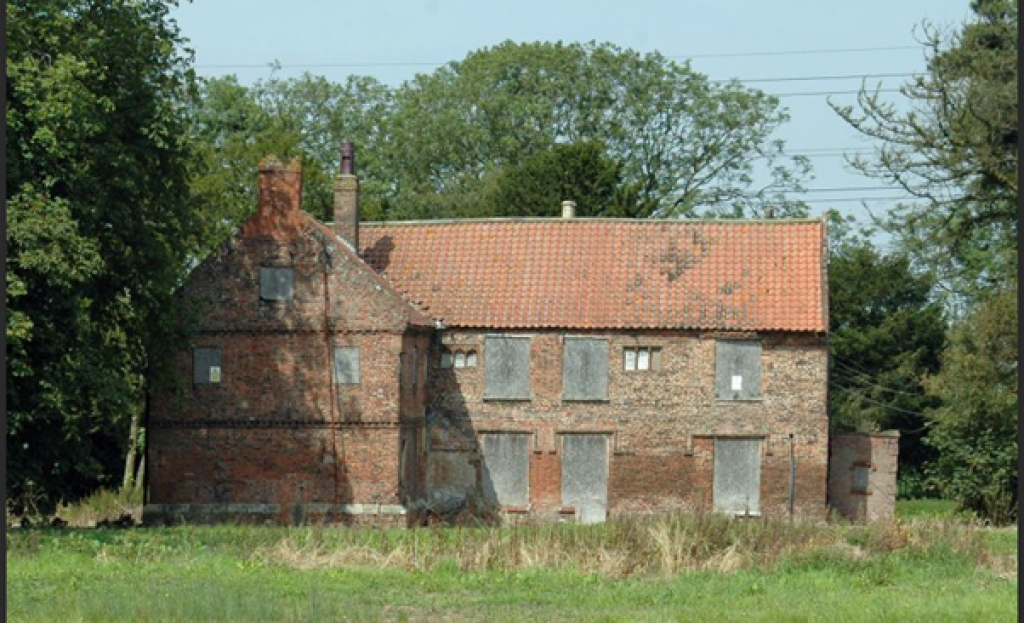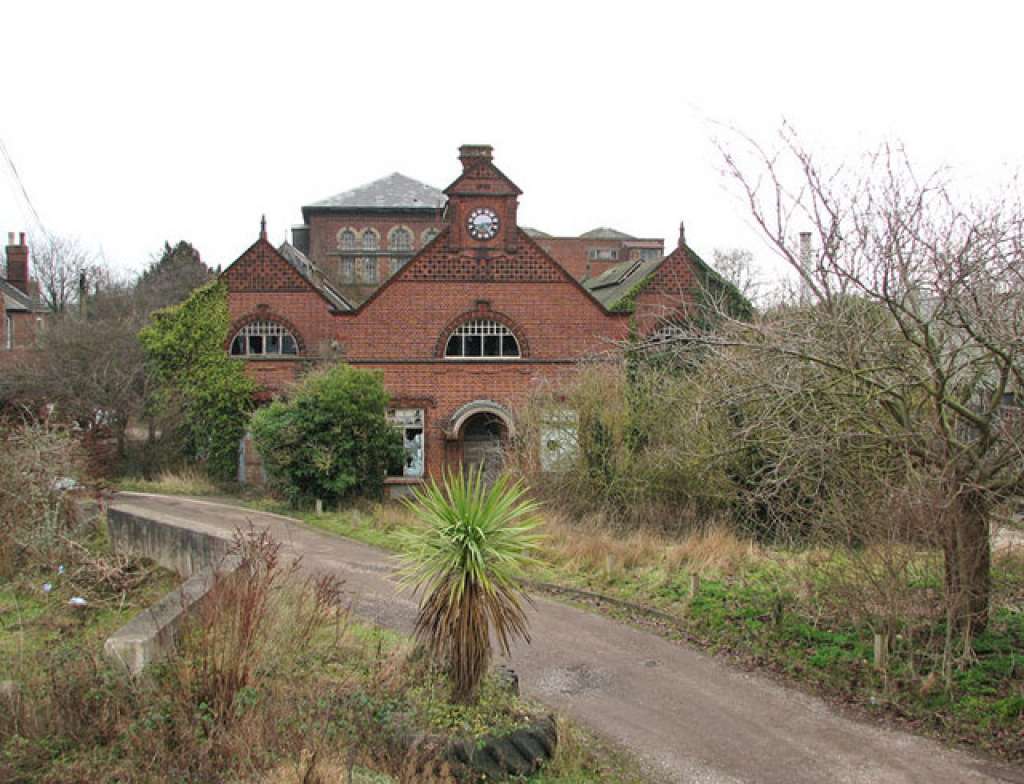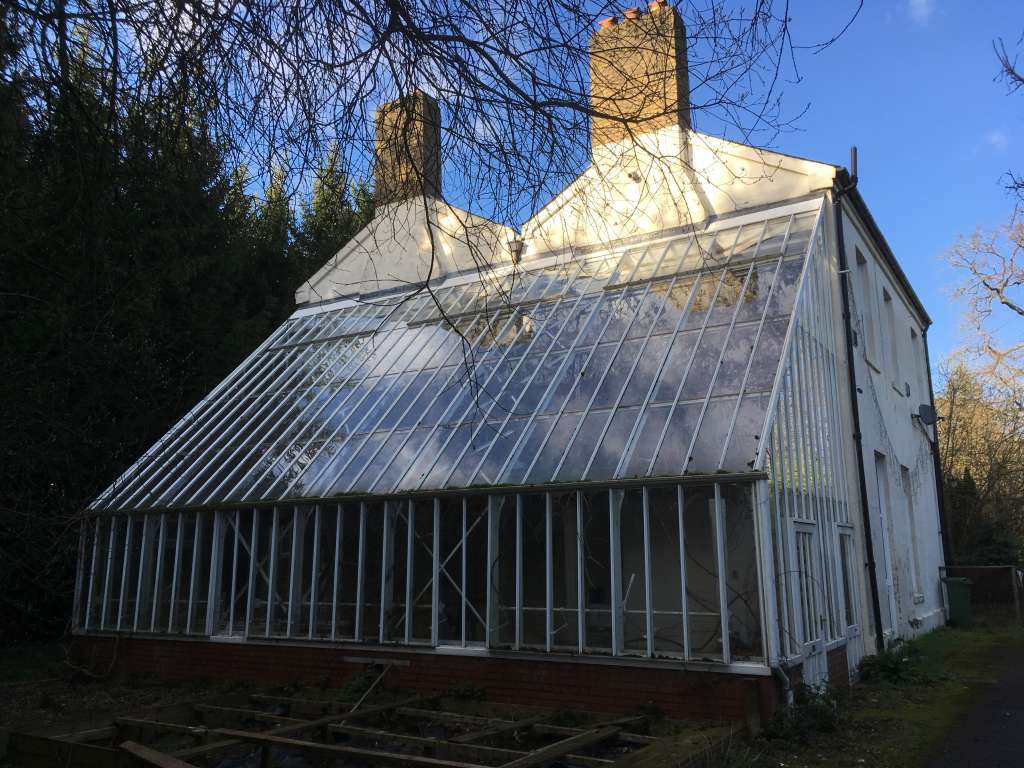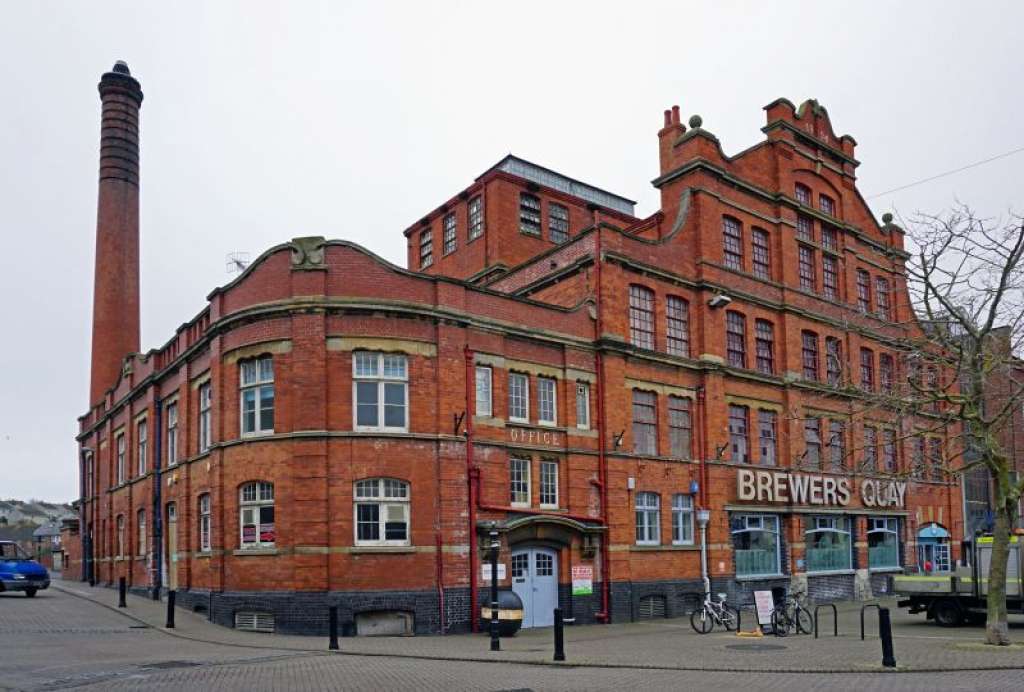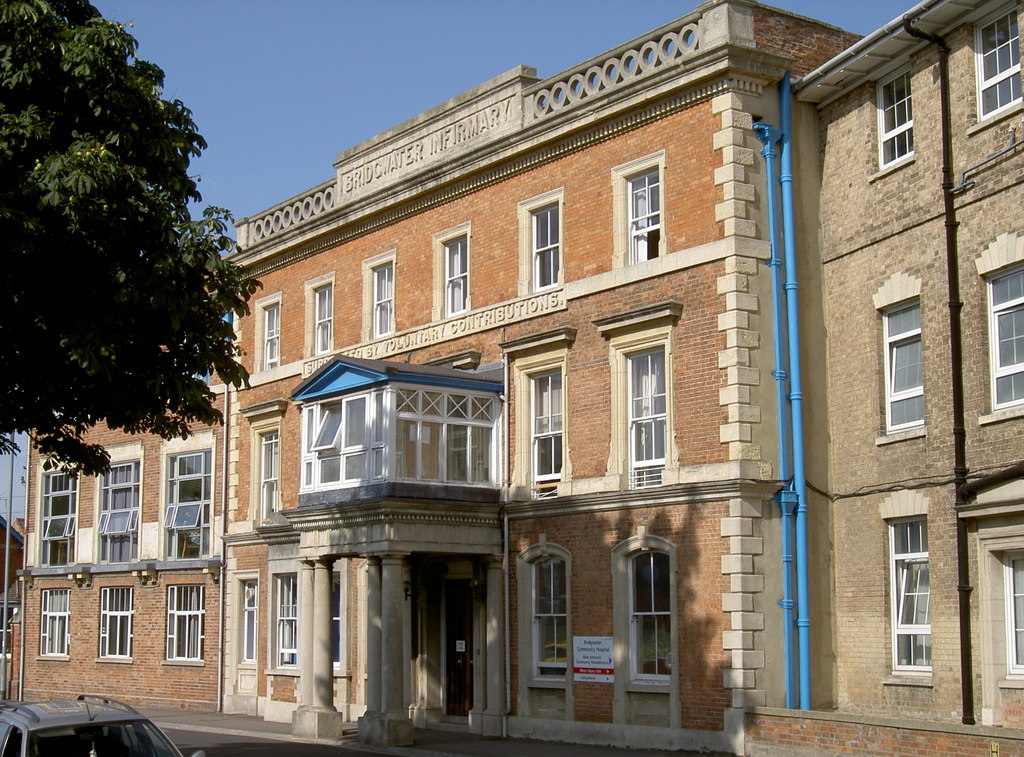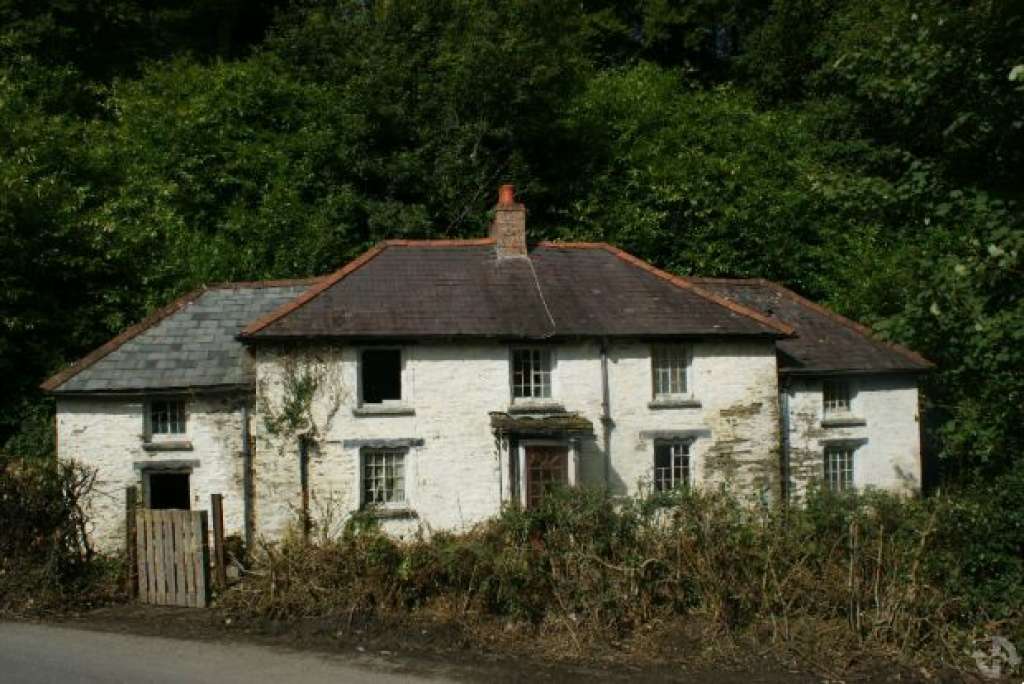PRESS RELEASE: From the functional to the fantastic - SAVE launches new entrants to 2021 Buildings at Risk Register
4th November 2020
SAVE Britain's Heritage will reveal the new 2021 list of buildings at risk to be added to its online register on 18th November 2020 to highlight the threats to neglected historic buildings all over the country.
These new additions to the online register will feature over 50 new entries suggested by conservation officers or brought to our attention by members of the public.
The list contains a rich selection of historic buildings including a workers cottage in the industrial heart of Sheffield, a forsaken farmhouse in rural Lincolnshire, a charming sewage pumping station in Norwich, a half-timbered Neo-Tudor house in Cheshire and twin water towers in Somerset: our latest round-up of buildings in need showcase everything from the functional to the fantastic. The list of new additions contains some fine examples in Yorkshire and some can be seen below.
The presence on the register of these buildings shows the pressing need to protect and maintain empty buildings to prevent them falling victim to vandalism and decay. We are calling on potential new owners, new users, conservation professionals local communities and all those who love historic buildings to answer this plea to save our heritage.
Liz Fuller, SAVE’s Building at Risk Officer said: “Holding on to our heritage through the buildings that we love is essential in times of change and upheaval. Now more than ever, focus on preserving our historic buildings and finding them new uses can generate optimism and faith in the future.”
For a full list of the new entries and for any other information, please contact Liz Fuller at liz.fuller@savebritainsheritage.org or contact the office on 07388 181 181.
Join our live online event on Wednesday 18th November 2020 at 11.00-11.40 am for an exclusive preview of the new list of additions before they are added to the Buildings at Risk register. Please register for the event through Zoom with your name and email address. Once registered you will receive a confirmation email with the link to join the event on the day.
The event will be taking place online via Zoom. Please ensure that you have the software downloaded prior to the event - click here for more information. Tickets for the event are £5.
Access to the online register is available to Friends and Saviours of SAVE. Please see our website for more information about becoming a Friend or Saviour: https://www.savebritainsheritage.org/support-us
YORKSHIRE
Whetley Mills, Thornton Road, Bradford, West Yorkshire
This extensive site is a worsted mill originally built in 1863-65 for the firm Daniel Illingworth & Sons to designs by Milnes & France, a prominent firm of Bradford architects. It is regarded as one of the best surviving textile mill complexes in the district. The main buildings on the site are listed grade II. Parts of the complex remain in use as industrial units but many of the buildings, including the foreman’s house on the main road, are derelict with broken windows and holes in the roofs. Image: Philip Senior
30 Mowbray Street, Kelham Island, Sheffield, South Yorkshire
Not one but two tiny workers cottages dating form 1850 standing in what was the oldest industrial area of Sheffield, these wretched looking buildings are described as “extremely rare” survivors, examples of a pair of free-standing, blind back urban cottages. They are listed grade II and provided accommodation to workers very close to their place of work. A single room on each of the three floors, with a narrow yard to the side, the accommodation was extremely modest. Image: (c) Stephen Richards (via Geograph)
NORTH WEST
Beeston Towers, Tarporley, Cheshire
Beeston Towers is a remarkable and magnificent grade II listed Neo-Tudor building constructed in 1886 to provide a home for a wealthy timber merchant in Warrington. The house was converted in the 20th century into a school, then a restaurant and finally into the Wild Boar Hotel. The hotel closed in 2017. Though sold to a new owner in 2018, in February 2019 a fire destroyed much of the building’s ground floor. It is now waiting for a new direction and use. Image: Exploring Forgotten Places
Woodbank Hall, Stockport, Greater Manchester
This grade II* late Georgian villa was built for Peter Marsland a local textile manufacturer and industrialist to designs by Thomas Harrison, a noted 19th century architect between 1812 and 1814. It stands in parkland gifted to the council after the First World War in memory of the Stockport men who lost their lives. It has since been a museum and council offices but has been standing empty and in a deteriorating condition for many years. Image: Mark Watson
EAST OF ENGLAND
North Manor House, Killingham, Lincolnshire
Manor Farmhouse is a beautiful grade II* listed brick manor farmhouse on a scheduled moated site. The house has a 16th-century east wing, as well as a west wing dating from the 17th century. It is in very poor condition despite its venerable history and obvious charm and is crying out for sensitive and decisive help. Image: (c) Mark Wright (via Geograph)
Trowse Puming Station, Norwich, Norfolk
The Trowse Pumping Station south east of Norwich was built in response to an 1867 prohibition on discharging Norwich's sewage directly into the River Wessum. The Pumping Station was constructed in 1865-1871 by Bazalgette. After many years of service, the site was closed in the late 20th century. The sewage works consists of three historic locally listed buildings of various eras, all with great charm. There have been several large scale development proposals on the adjoining sites, none of which have commenced, but the site has been identified as having potential for redevelopment.
SOUTH EAST
Vine House, Aldershot, Hampshire
The Vine House is a historic building with a fascinating history closely connected with the British Army in Aldershot. It was used by the Army since the time of the creation of the military camp at Aldershot during the Crimean War (1853-56). The large greenhouse on the side of the house houses a vine which is thought to have been brought back by the Royal Engineers from Malta on their way home from the Crimean War. The grapes were served up at the officers’ mess and eaten by royal visitors to the nearby grade II listed Government House. Now a new tenant for the house willing to finance the maintenance of this wonderful feature is needed to avoid the demolition of greenhouse and loss of the vine.
SOUTH WEST
Brewer's Quay, Weymouth
Brewer’s Quay is a magnificent grade II complex of buildings located in Hope Square in Weymouth. Once one of many buildings associated with the brewing trade, they represent an important link to what was a major industry in Weymouth for many centuries.
Brewing ceased at the site in 1985. In the 1990s, the brewery was successfully converted into shops, a restaurant and museum, winning a number of awards. Since then, the buildings have changed hands several times and at present are out of use and in very poor condition, although part of the building still houses the museum. Image: (c) Collin West (via Geograph)
Bridgwater Infirmary, Bridgwater, Somerset
The Infirmary was established in 1813 ‘for the relief of the labouring poor requiring medical and surgical assistance’ and moved to its current location in Salmon Parade in 1820. Here it is close to the site of the 13th-century Augustinian hospital of St John the Baptist. After almost 200 hundred years of service as a hospital, it closed in 2014. The central section of the former infirmary is grade II listed. There were plans in 2017/2018 to convert the hospital into a hotel and restaurant and there were other plans to create apartments but neither schemes appear to have proceeded. Image: (c) Neil Owen (via Geograph)
WEST MIDLANDS
Collet's Brook Farmhouse, Birmingham
Collet’s Brook Farmhouse stands on the side of the A453 Tamworth Road in Sutton Coldfield. The farmhouse is grade II listed, but is now in very poor condition. The two-storey house likely dates from the early 19th century. It was built as a tollhouse by the Chester Road to Watford Gap Turnpike Trust, but it was later used as a farmhouse. In the 1930s, the cottage became a tea house, and the south elliptical recess was decorated with an advertisement, stating ‘Teas Provided’. It is thought to be the earliest surviving toll house in Birmingham.
WALES
Penbont, Henllan, Llandysul, Ceredigion - for sale
Set in beautiful countryside near the River Teify, this was once the Estate Manager's House for the Llysnewydd/ Llanarchaeron Estate. It is believed to date from the late 18th or early 19th century and was clearly constructed to impress with a porticoed porch and two subsidiary "wings" set back to the sides of the main house. The house has huge potential but is in very poor condition and is being marketed for offers in the region of £135,000. Image: Dai Lewis Estate Agents
ENDS
Notes to editors:
- SAVE was the first organisation to launch a buildings at risk register, highlighting the many wonderful listed and unlisted buildings around the country in need of new owners and new uses. Our first buildings at risk report was Empty Quarters (1989-90). Our online register, accessible to Friends and Saviours of SAVE, has grown to nearly 1,400 entries since it was launched in 1998.
- SAVE Britain’s Heritage has been campaigning for historic buildings since its formation in 1975 by a group of architects, journalists and planners. It is a strong, independent voice in conservation, free to respond rapidly to emergencies and to speak out loud for the historic built environment.

